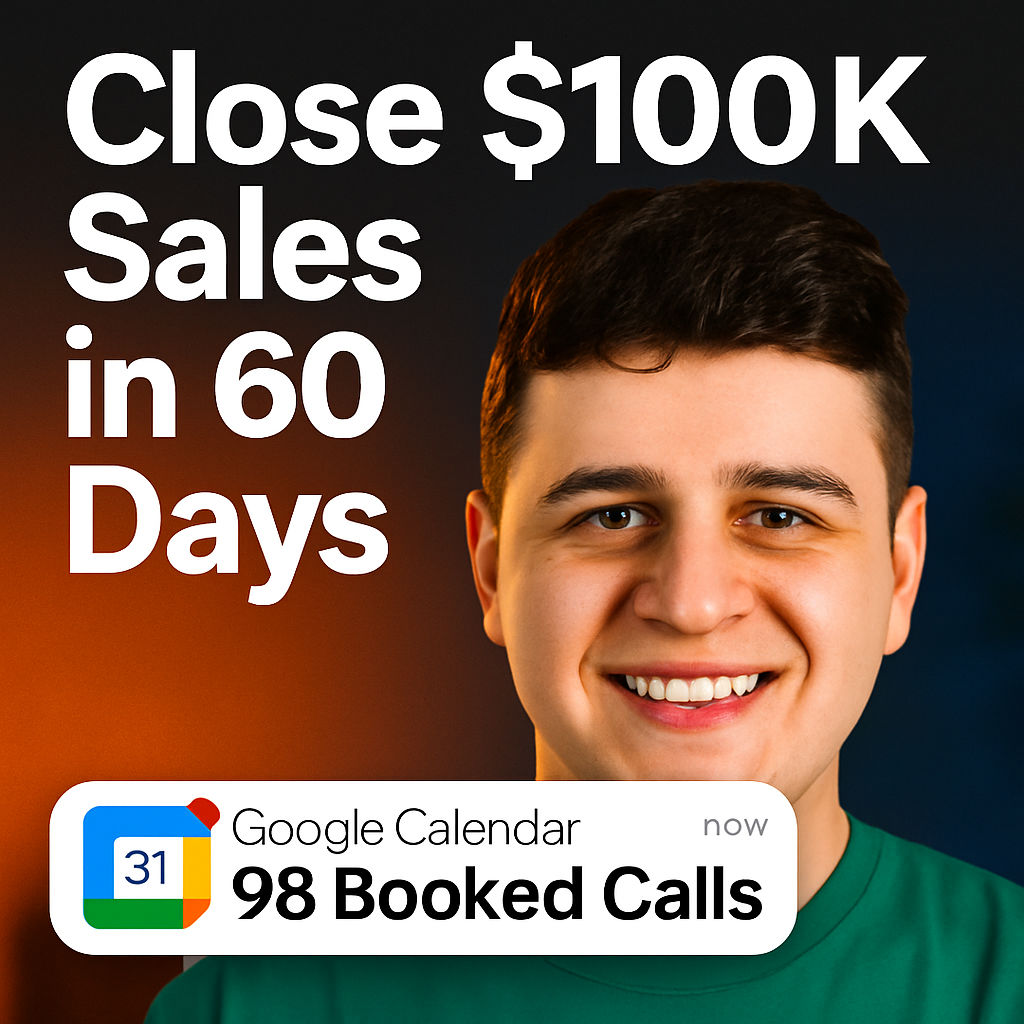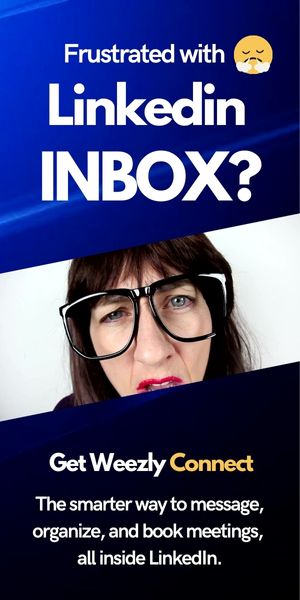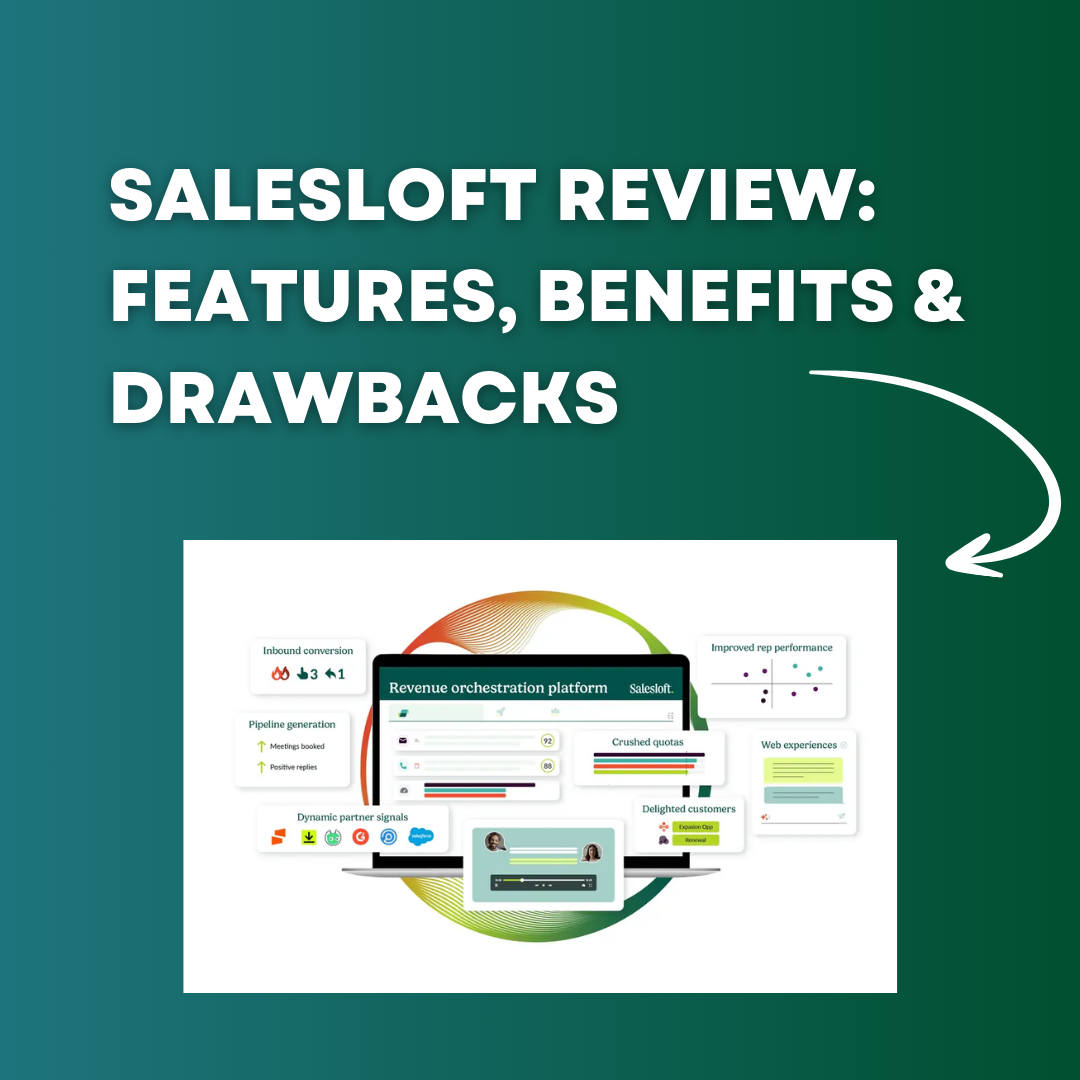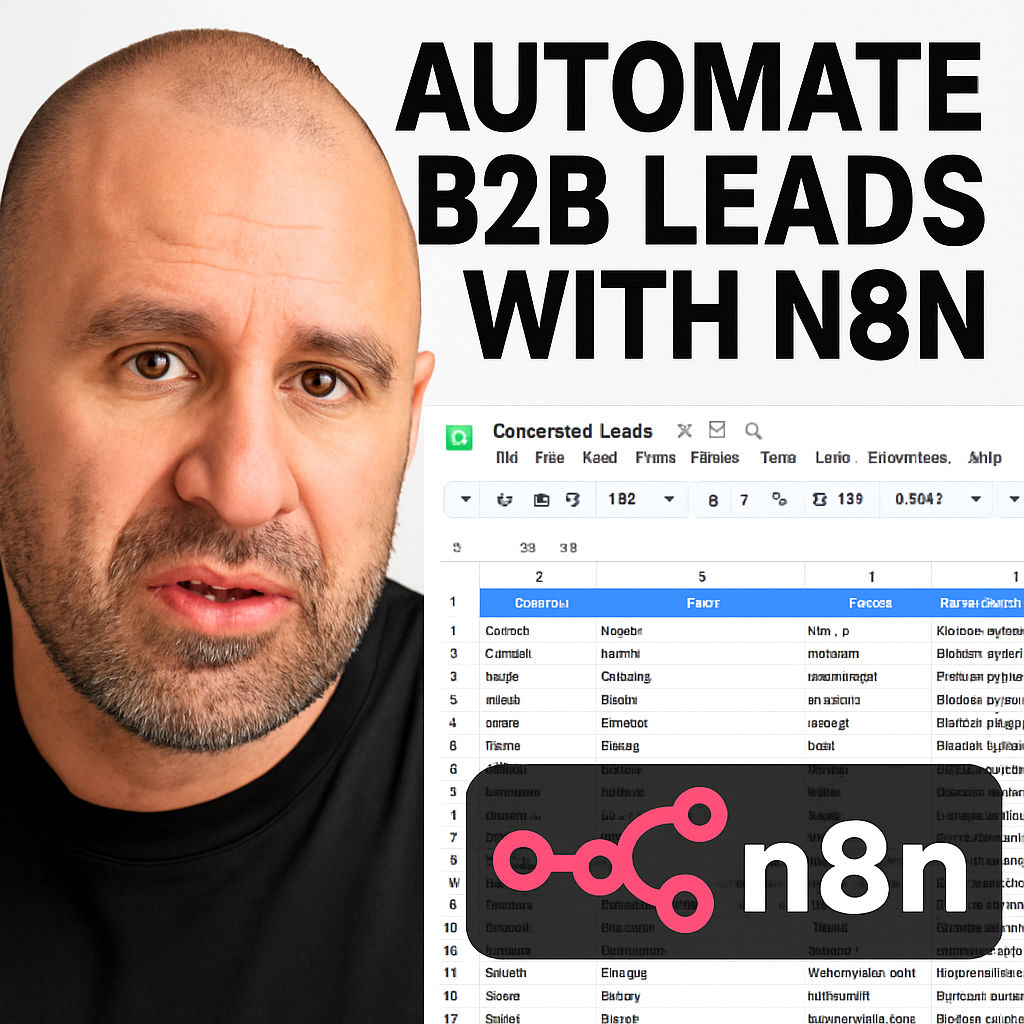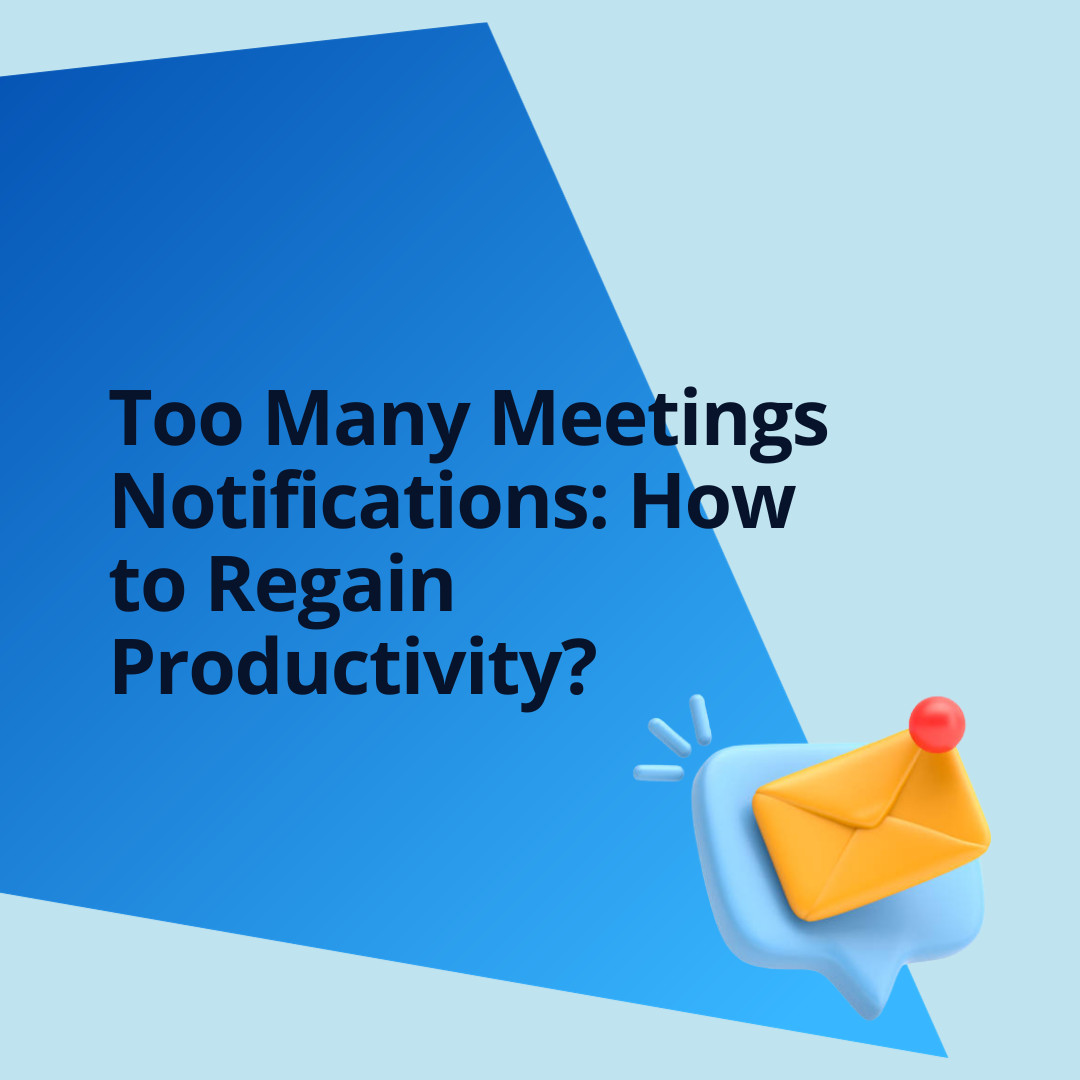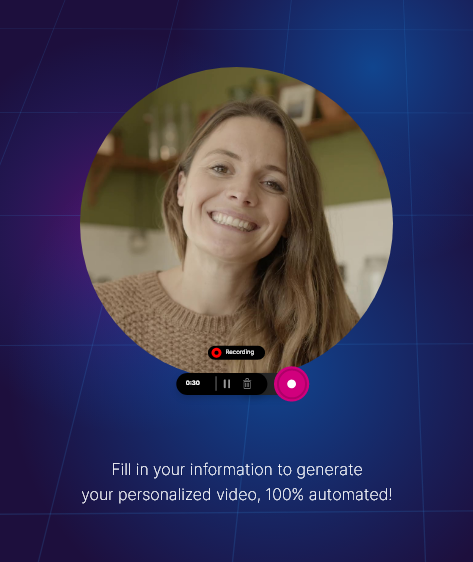How can a single cold email campaign generate over $100,000 in just 60 days? The answer lies in an expert blend of irresistible offers, laser-focused targeting, and well-crafted messaging—a proven framework for any business looking to succeed with outbound email. Below, we break down the step-by-step approach behind a record-shattering cold email campaign, sharing tactical insights to help you level up your outreach strategy in 2025.
Based on the original video:
The Power of Cold Email: A Performance-Driven Approach
Cold email remains a high-converting, cost-effective channel for building business relationships, booking meetings, and closing deals. But to achieve exceptional results, it’s no longer enough to fire off generic templates and hope for replies. Modern cold email campaigns require a people-first strategy, strong positioning, and data-backed personalization.
In this deep dive, you’ll learn:
- How to craft an offer that compels action—even from the busiest prospects
- The critical importance of laser-sharp targeting using relevant data sources
- The proven script formula that consistently converts leads to revenue
Building the Irresistible Offer: What Makes Prospects Say Yes?
Whether you’re an agency, a SaaS startup, or a B2B consultant, your cold email offer is the linchpin of your entire campaign. According to the breakdown, the offer that consistently outperformed all others was simple, instantly valuable, and highly relevant: giving away 10,000 free leads to qualified prospects.
Testing and Iterating Offers
Before landing on this winning value proposition, the team experimented with a variety of offers in their cold outreach:
- Standard service pitches (“Do you want more clients via cold email?”)
- Trials (“Get a free 7-day trial of our service”)
- Free campaign setup or strategy audits
However, none generated the same level of interest or response as offering free leads. Why did this work so well across different niches?
Understanding Prospect Motivation
Leads are the lifeblood of any sales-driven business. Pulling quality contacts from sources like Apollo, ZoomInfo, or PitchBook usually requires a subscription—representing immediate value and cost savings. By positioning the lead list as a reward for simply booking a call, the offer feels exclusive and tangible. At worst, recipients walk away with valuable data; at best, they become long-term clients.
- Key takeaway: An offer that creates perceived (and real) value—particularly something costly to acquire—will drive call bookings and conversions at a higher rate.
The Psychology Behind Effective Lead Magnets
This “free leads” offer is powerful because:
- It solves an immediate pain point (access to contacts and data)
- It reduces friction to booking a call (“just show up and get free value”)
- It distinguishes your email from generic, mass-outreach attempts
Using credible social proof (for example, mentioning a coaching program with numerous case studies) further reinforces the authority and trustworthiness of the offer—something Google’s E-E-A-T guidance heavily favors.

Hyper-Targeted Outreach: How Data Drives Results
A compelling offer alone is insufficient if it’s delivered to the wrong audience. Sophisticated targeting ensures your message hits motivated prospects who are actually in-market for your solution.
Identifying the Ideal Customer Profile (ICP)
Through ongoing testing, marketing agencies proved to be the most responsive segment for this campaign. Here’s why they were a perfect match:
- They already understand the value of lead generation and digital outreach
- They appreciate new channels that supplement or work alongside paid ads
- Many know about cold email but haven’t tried it, making them open to pilot programs
This segment-specific insight allowed for tailored messaging, higher reply rates, and more booked meetings.
Leveraging Reliable Data Sources
To build a high-quality list, the campaign utilized Clutch—a comprehensive directory of agencies. By scraping refined data (for example, 54,000 social media marketing companies within seconds), the team ensured relevance and scale in outreach.
- Example: Using tools like Lead Academy’s data scraper can pull extensive, targeted lead lists quickly and cost-effectively.
This approach ensures every outreach touchpoint is contextually relevant and personalized—a necessity in a saturated inbox environment.
Crafting the Winning Cold Email Script
The script itself is deceptively simple. It’s personalized, concise, and engineered to create immediate value.
Key Elements of the Script
- Personalization at scale: The message references the company’s presence on Clutch, instantly signaling research and relevance.
- Laser-focused value: “Would you like a free list of 1,000 prospects similar to your recent case study with [well-known brand]?” This demonstrates specific interest and insight into the prospect’s business.
- Clear call-to-action: The closing question—’How does that sound?’—is non-intrusive yet prompts a reply.
The combination of referencing a directory like Clutch and incorporating unique, scraped data from the prospect’s own website positions your outreach lightyears ahead of ‘spray-and-pray’ emails.
Personalization Using Automation
Advanced outreach stacks utilize tools such as Clay to dynamically scrape and insert case studies, industry mentions, or mutual connections that hyper-personalize each message. This level of relevance boosts open and response rates, especially for high-value B2B deals.

Structuring the Multi-Step Sequence
The campaign sent a three-touch email sequence to 13,000 leads, totaling 39,000 emails:
- Step 1: Personalized initial pitch, offering free leads
- Step 2: Value reminder and gentle follow-up
- Step 3: Final nudge emphasizing relevance and scarcity
This produced 735 total replies and 180 ‘interested’ leads—demonstrating the compounding effect of persistent (but non-spammy) follow-ups.
Measuring and Repeating Success
Once a campaign formula proves successful, the optimal strategy is to double down and scale it—while continually testing incremental improvements. Detailed campaign analytics (reply rates, open rates, call bookings, conversion to sales) reveal what works and what needs refinement.
The willingness to iterate on offers and messaging, paired with high-quality list building, is key to achieving sustained cold email revenue.
Lessons for Your Next Cold Email Campaign
Apply these field-tested principles on your own outbound strategy for outsized ROI:
- Lead with a bold, instantly valuable offer—ideally something your ICP is already paying for elsewhere
- Target precisely; prioritize directories, databases, and intent signals over random mass outreach
- Personalize at scale using context from your prospects’ web presence, social profiles, and recent wins
- Use a conversational, benefit-forward script that signals relevant research
- Leverage multi-step sequences to gently persist and boost response rates
For more insights on how modern cold outreach tools compare and which can accelerate your B2B growth, you may find the following resource helpful: Smartlead vs. Lemlist: The Showdown of Outreach Tools.

Frequently Asked Questions
How many emails should I send in a cold email campaign?
The optimal volume depends on your target market, data quality, and deliverability. In the highlighted campaign, 39,000 emails were sent to 13,000 leads as part of a three-step sequence, maximizing exposure without overwhelming recipients.
What types of offers work best in cold outreach?
Offers that deliver instant, tangible value—like free, high-quality leads or audits—consistently outperform generic service pitches. They lower the barrier to a conversation, driving increased call bookings and replies.
Why is personalization important in cold email?
Personalization signals that you’ve done your homework and see genuine mutual benefit. Referencing specifics such as a prospect’s presence on an industry platform or their recent work demonstrates credibility, improving reply rates dramatically.
How can I find the best prospects for my offer?
Use sources like industry directories, business databases, and web scraping tools to build lists of companies matching your target persona. Focus on intent indicators (e.g., listing on Clutch) that suggest openness to your solution.
What metrics determine if a cold email campaign is successful?
Key metrics include reply rate, number of interested responses, booked calls, and closed deals. Consistent tracking and iteration are essential for scaling successful outreach.
